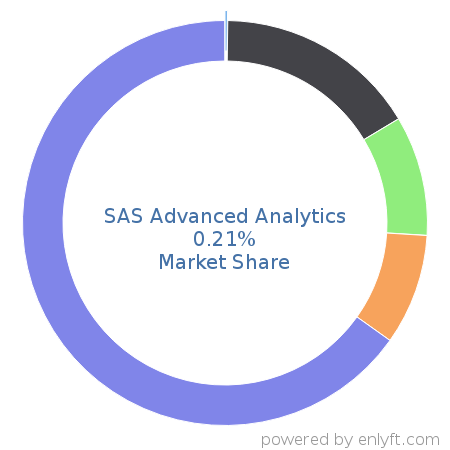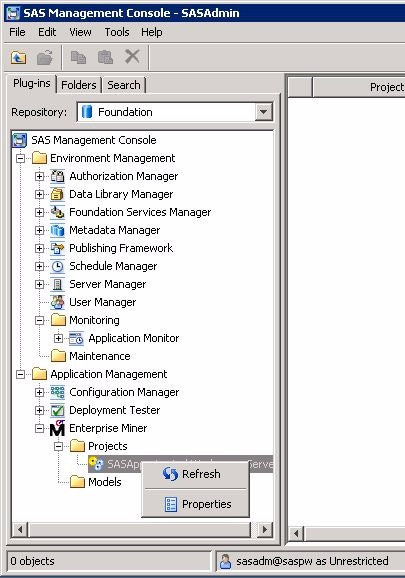

Which to do that real world in real time would just be an enormous amount of effort and inconvenience for locations,” he said. Over the course of the three days that we’re doing training, we’re going to be doing about 10 different scenarios. You don’t have to take locations out of service and isolate them to get these training opportunities. “You don’t have to take a lot of equipment out of service. He says this simulation differs from training done at multiple locations with role players. Mitchell Police Chief Michael Koster says they’ve been planning this training for a couple months. And that’s what our program focuses on,” he said.
#USING PMENU SAS HOW TO#
If you’re going to do that in the shortest time possible, that takes practice, and you have to manage that and everybody has to learn how to work together. the appropriate rectangle and issue a WM_PAINT message.“That’s all part of a very important process, and if you’re going to do that quickly. and then set the corresponding "draw" flag. If one of the "size" flags is TRUE, reset it to FALSE, SetRect(&rcTarget, pt.x, pt.y, LOWORD(lParam), bottom coordinate is greater than that ofĮlse if ((pt.x > (LONG) LOWORD(lParam)) & that of the right, and that the value of the value of the left coordinate is greater than Avoid invalid rectangles by ensuring that the Save the coordinates of the target rectangle.

Rectangle(hdc, rcTarget.left, rcTarget.top, it by drawing another rectangle on top. If a previous target rectangle exists, erase rectangle can then be erased by drawing Set the mixing mode so that the pen color is the the target rectangle as the user drags If one of the "size" flags is set, draw set the appropriate flag to indicate that the If the user chooses one of the filled shapes, This ensures that the window receives a matching Restrict the cursor to the client area. SetRect(&rcClient, ptClientUL.x, ptClientUL.y, function during WM_LBUTTONDOWN processing. The rectangle is passed to the ClipCursor rectangle to screen coordinates and save them in a Convert the client coordinates of the client area RoundRect(ps.hdc, rcTarget.left, rcTarget.top, Rectangle(ps.hdc, rcTarget.left, rcTarget.top, If one of the filled shape "draw" flags is TRUE,Įllipse(ps.hdc, rcTarget.left, rcTarget.top, SelectObject(ps.hdc, GetStockObject(GRAY_BRUSH)) to demonstrate the painting of filled shapes. a different brush into the device context Because the default brush is white, select Set the appropriate flag to indicate which Static int nEllipseHeight // height for round corners Static int nEllipseWidth // width for round corners If you use these alternate key combinations in your SAS program, the Edit menu shows the standard key combination. Static BOOL fDrawRoundRect // TRUE if rounded rect is drawn The PMENU procedure defines menus that can be used in DATA step windows, macro windows, SAS/AF and SAS/FSP windows, or in any SAS application that enables you to specify customized menus. Static BOOL fSizeRoundRect // TRUE if rounded rect is sized Static BOOL fSizeRectangle // TRUE if rectangle is sized Static BOOL fDrawRectangle // TRUE if rectangle is drawn Static BOOL fDrawEllipse // TRUE if ellipse is drawn Static BOOL fSizeEllipse // TRUE if ellipse is sized Static RECT rcClient // client area rectangle Static RECT rcTarget // rect to receive filled shape Static POINT pt // x- and y-coordinates of cursor Static HDC hdcCompat // handle to DC for bitmap POINT ptClientLR // client area lower right corner POINT ptClientUL // client area upper left corner PAINTSTRUCT ps // paint data for Begin/EndPaint BOOL CALLBACK MainWndProc(HWND hwnd, UINT uMsg, WPARAM wParam, #define IDM_ELLIPSE 1100įinally, include the following window procedure in your application. The menu item values in the menu template are constants that you must define as follows in your application's header file.

To enable the user to draw filled shapes, include the following popup menu in your application.
#USING PMENU SAS CODE#
The following illustration shows three filled shapes drawn using the sample code in this section. The user draws a filled shape by selecting a particular shape from the menu, positioning the cursor at the upper-left corner of the shape (or the shape's bounding rectangle in the case of an ellipse), and then dragging the mouse until the desired dimensions are obtained. The example uses the main window procedure from an application that enables the user to draw ellipses, rectangles, and rectangles with rounded corners. This section illustrates how to use filled shape functions.


 0 kommentar(er)
0 kommentar(er)
